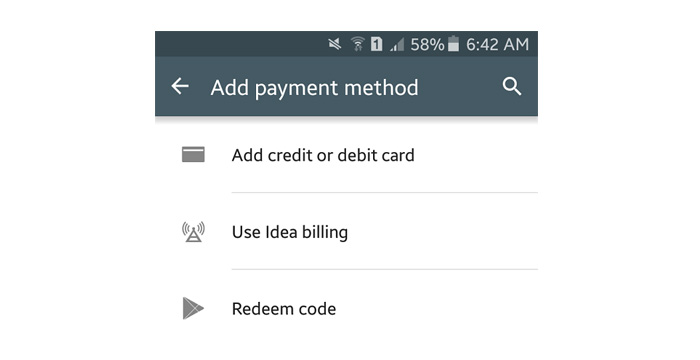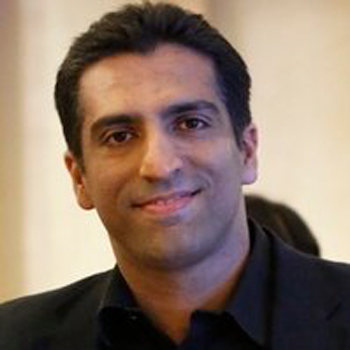Considered to be one of the easiest modes of payment, direct carrier billing has had a history with India when feature phones were dominating. But with a shift to smartphones, carrier billing did not tow along. Google on various occasions was on the verge of announcing carrier billing on its Play Store but due to certain difficulties, things did not materialise with telecom operators and it remained the same until now.
Idea Cellular became the first telecom company to bring carrier billing to Google in India and with this Google has extended its carrier billing offering to 41 countries now. AnimationXpress.com had chat with Google Play, head of business development – South East Asia, India and Australia, Kunal Soni, about the recent partnership and how could it stir things up for the developers and Indian consumers.
Will the carrier billing solve the revenue inflow of the apps when people still are sceptical when it comes to digital spending?
Kunal: One of the biggest challenges we always hear about from the developers is ‘payment’. Indians have had a hard time paying for digital content, even though they have smartphones and are downloading lots of apps. Because they don’t have readily available methods of payment like credit cards; it restricts their ability to purchase digital content. As more and more people rely on their smart devices, tools like Direct Carrier billing (DCB), which makes payment easy, will mean a lot of new opportunities for the ecosystem to flourish. DCB has the potential to reach millions of people who don’t have access to other forms of payment in the country. In our experience Direct Carrier billing is a popular form of payment method. Whenever we have launched DCB in other countries we have seen tremendous growth for both developers and users. We saw 4x in buyers in Indonesia in the past 18 months.

Last year Google had introduced offline Gift Cards which one could buy and then redeem the code on the store for the credit to buy things digitally. Even the prices of the apps were slashed to minimum being Rs 10. With the introduction of these vouchers and lowered prices have the things seen an upward trend in spending?
Kunal: Google Play Gift Card was an important moment for consumers to be able to access content they love without needing a credit card. The response has been great but the offline model has limited reach. Idea Cellular has over 150 million subscribers. Not only does this kind of reach make it easier for people to access the content they love, it also has the potential to nurture the developer ecosystem and help Indian developers grow and innovate.
Earlier this year we launched sub-dollar pricing in India and it surely attracted a wider user base. The combination of DCB along with sub dollar pricing creates a whole new level of opportunity for Indian developers to innovate and create great content that can be used both locally and globally. For example Indian game developers like Games2Win has seen a significant improvement in transactions within their Cricket-based games, such as ‘Power Cricket T20’ and ‘World T20 Cricket Champs’, after adopting these new pricing levels.
What is the trend when it comes to spending on apps in India?
Kunal: Google Play has experienced exponential growth in installs over the last few years in India. We continue to see strong momentum across all categories available. Some of the most popular ones are communication (messaging apps), social platforms, shopping, games, entertainment and utility apps. Just like in other countries, we really see a mix between local and international game developers growing in India. Additionally, food, music and photography apps are being installed. Subscriptions are another fast growing area to watch out for.
With over a billion subscriptions in India, right now over 350 million people own a smartphone and major chunk are android users. The smartphone and its app stores have left people with plenty of options to explore and download. Even the paid apps have free ad-laden alternatives which people have accepted over the years and are happy to watch a few ads here and there. Carrier billing has come late in a country where credit card penetration is under 3 per cent.
It could be a while before people embrace this method of spending on digital content let alone spending. But like it is said once you had the taste of it, you are never going back. This was something first seen during the first wave of e-commerce websites in India and today we have a chunk of people buying things online. Carrier billing will not only make payment much easier through one-click checkout but will also introduce people to superior apps. The inclination towards spending on digital content increased in developing markets when carrier billing was introduced and something similar could also be the case here when more telecom operators will join the bandwagon.
